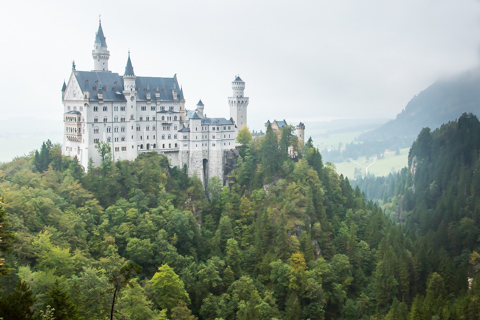
This picture was taken from the Marie's Bridge - see below
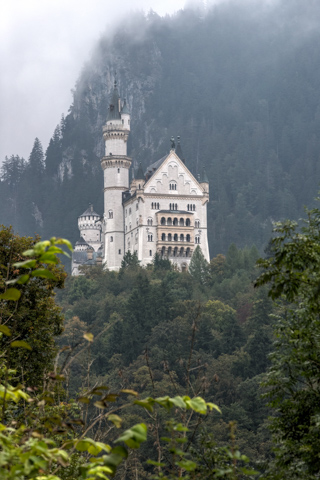
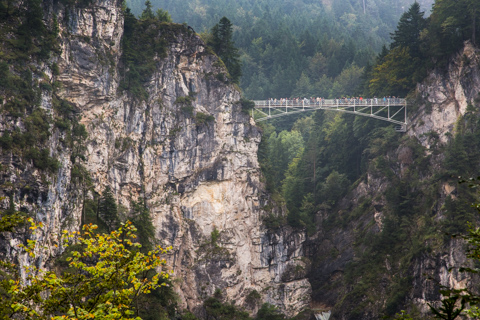
Marie's Bridge is across the Pollat River directly behind Neuschwanstein Castle. The bridge was named by Ludwig II of Bavaria after his mother, Marie Friederike of Prussia.
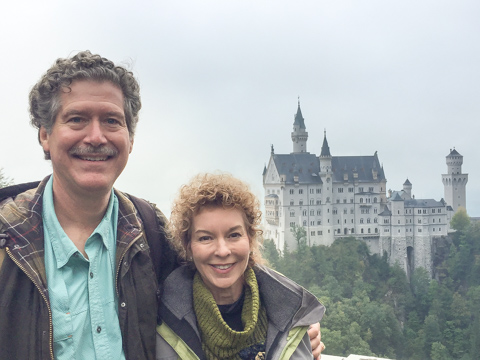
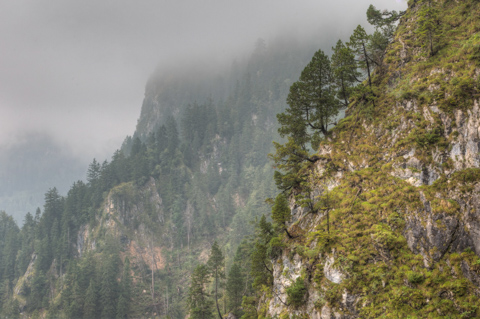
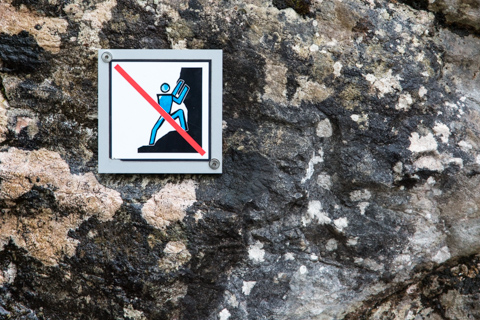
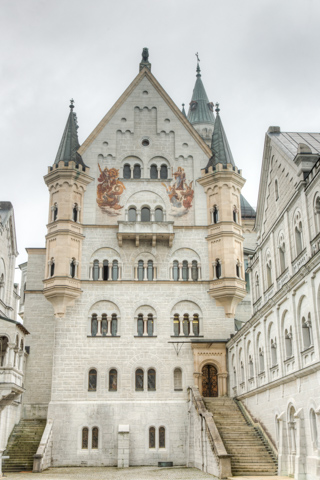
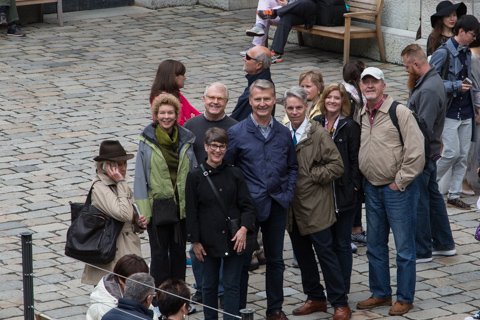
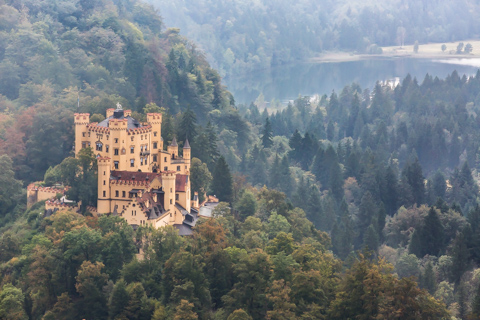
Hohenschwangau Castle (Upper Swan County Palace) is a 19th-century palace in Southern Germany. It was the childhood residence of King Ludwig II of Bavaria and was built by his father, King Maximilian II of Bavaria.
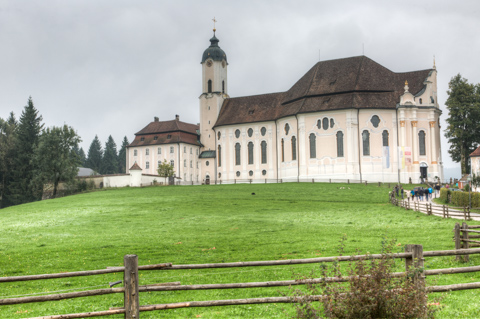

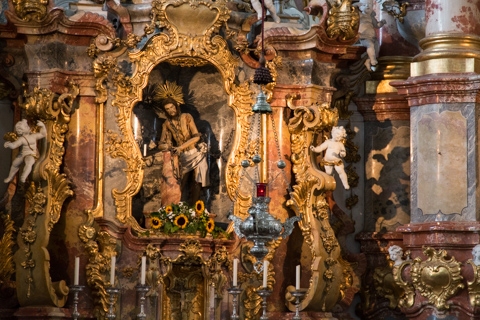
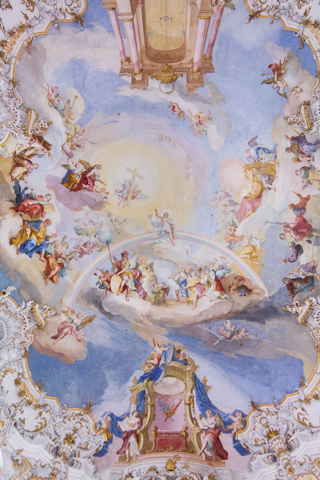
The Wieskirche was added to the UNESCO World Heritage List in 1983 and underwent extensive restoration between 1985 and 1991.

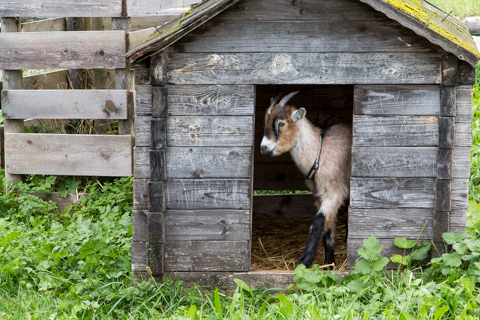
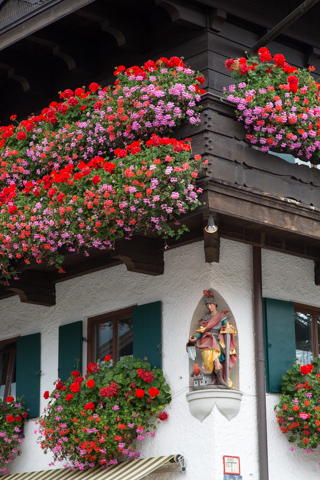
Oberammergau is famous for its "Luftlmalerei," or frescoes, of traditional Bavarian themes, fairy tales, religious scenes or architectural optical illusions found on many homes and buildings.
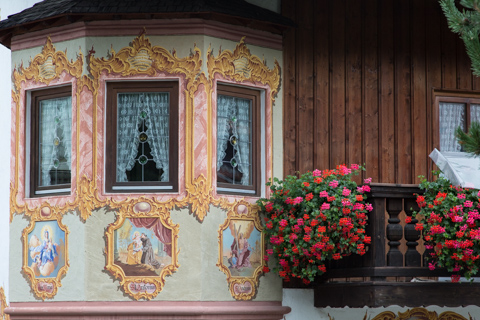
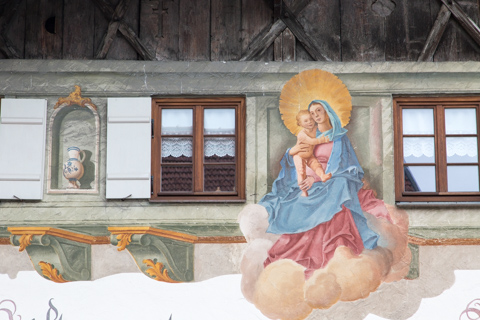
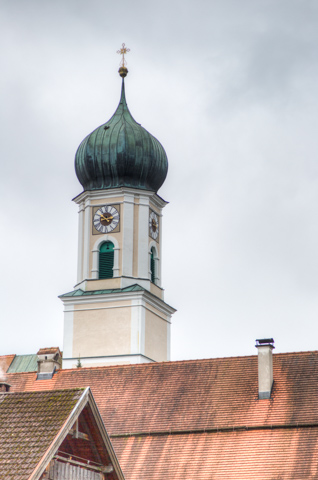
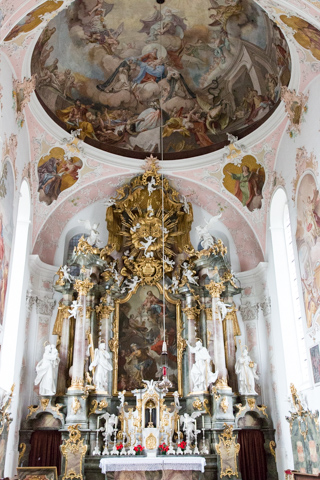
The figures on the altar are Peter and Paul (inside),St. Joseph with the divine child and Joachim (outside).
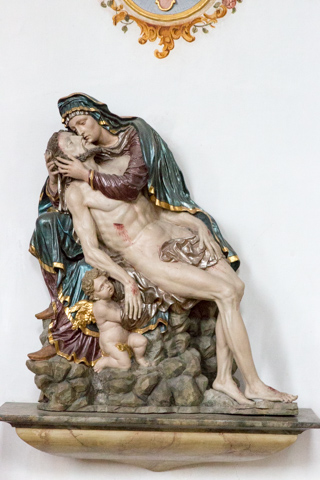
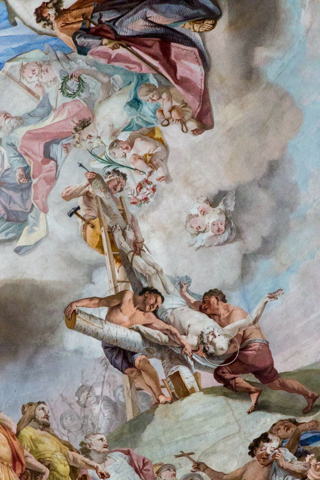
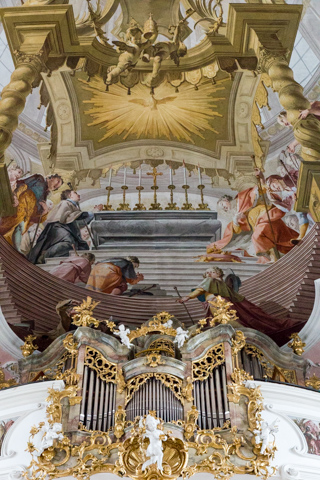
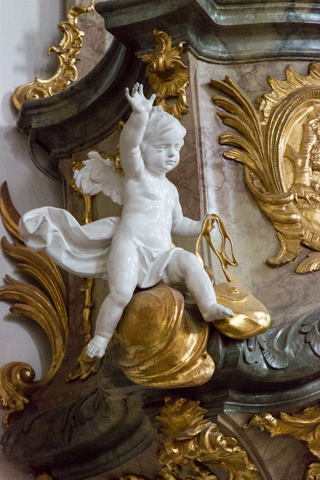
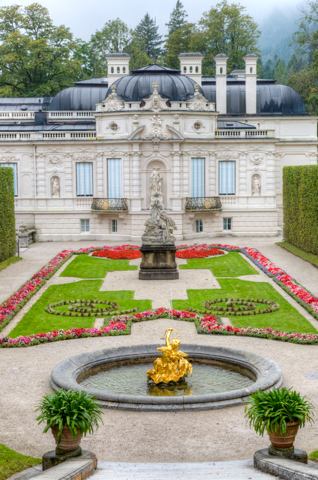
Although Linderhof is much smaller than Versailles, it is evident that the palace of the French Sun-King Louis XIV (who was Ludwig's idol) was its inspiration.
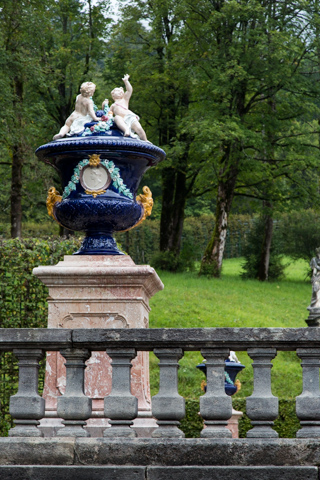
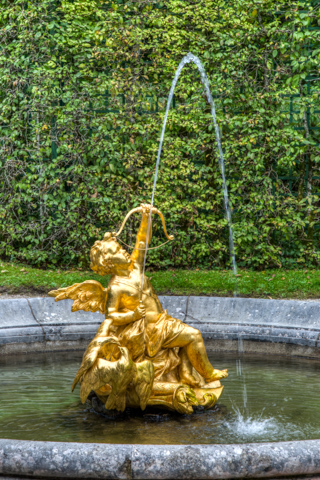

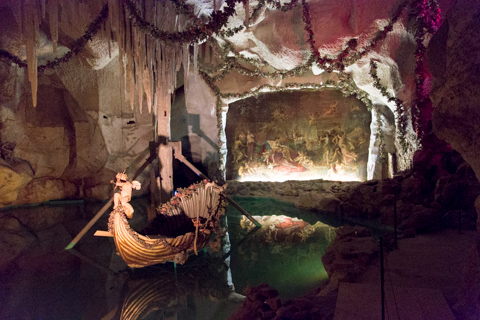
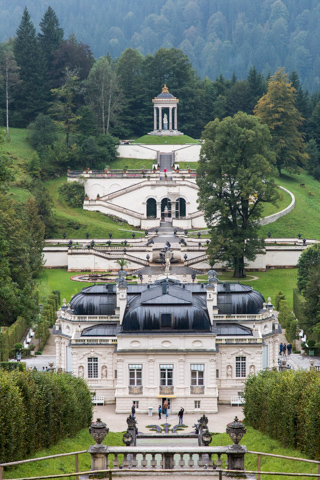
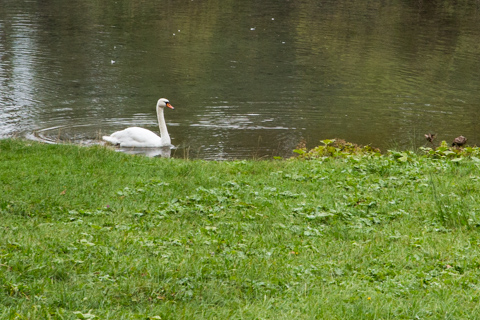
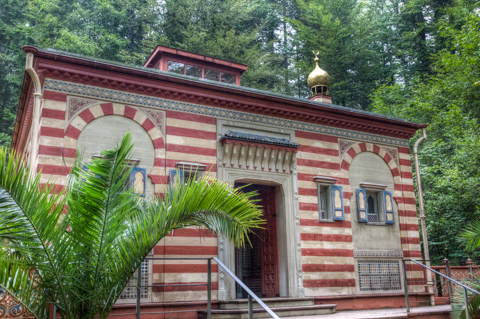
The Moroccan House was built in Morocco for the International Exhibition in Vienna 1873. The King bought it in 1878 and redecorated it in a more royal way.